O project LIFE Ponds tends at the end of this September, but everyone can help that the conservation of Mediterranean temporary ponds on the Southwest Coast continue. The custody network “The Guardians of the Ponds” wants to gather individuals, schools or even public entities and private so that the much that has been done, over the five years of the project, does not go by the water below.
The closing public session of the LIFE Charcos project took place last Thursday, September 20, in Odemira, and brought together all the partners of this project: the League for Nature Protection (LPN), the Universities of Évora and Algarve, the Chamber of Odemira and the Mira Beneficiaries Association.
O Sul Informação he was also present and spoke with biologist Rita Alcazar, a technician at LPN and one of those responsible for the project, who gave a “very positive” assessment of this project, but, she warned, “we have to wait to see the impact of what we have done”.
And this is where the objective of the custody network “Guardians of Temporary Ponds” comes in, in which everyone can register by clicking here
“This is a way we found to continue the project. A keeper of the ponds can own a land where there is this habitat, a school or even an ordinary citizen. It is a new stage of greater involvement. This is the only way in which we managed to sensitize everyone to the protection and need for conservation of this habitat», explained Rita Alcazar.

Collaboration involves participating in environmental awareness and disseminating good practices related to ponds, disseminating the Custody Network or even sponsoring a temporary pond.
“We would like to have many guardians. We are aware that, perhaps, there are more people who assume this role than those who actually sign the commitment with us. It's just that we have verified that there is some difficulty for people to take this step of commitment», lamented the biologist.
But joining the custody network is free of charge. "It can go from things as simple as talking to friends about the issue or going to the temporary pond to see if there is water or not," he said.
Since July 2013 this project has been active and, according to the responsible, there are results in sight.
“We managed to fulfill what was planned and, in some cases, we even surpassed the targets. We had planned to intervene in 10 to 15 ponds and we managed to do so in 26. They are management interventions for the habitat which will now last in time and we hope to be able to continue monitoring the results», he explained.
The entire project had the objective of conserving the temporary Mediterranean ponds, a habitat considered a priority, as it brings together favorable conditions for a high number of rare and threatened species, such as the Triops Vincentinus, an endemic species and the most emblematic of the Great Branchiopods.
This Vicentinus Triops it is even considered a living fossil, as it has persisted since the time when dinosaurs appeared (between 199 million and 145 million years ago).
“We managed to achieve some basic knowledge, namely in terms of an updated and scientifically validated cartography of all temporary ponds. This is a basic tool for entities that work in land management and planning to better guarantee the preservation of ponds», said Rita Alcazar.
In addition, the LIFE Charcos project allowed the creation of a «database with information on the biodiversity of each temporary pond, which will serve as a reference for future work, to be able to make comparisons to see if it has worsened or improved».
One of the strengths of the entire initiative, according to Rita Alcazar, was also the fact that knowledge about temporary ponds has expanded. "In academia, it was a topic that was already being talked about, but the project allowed other audiences to begin to hear about this issue", namely schools, he said.
Therefore, one of the important points was the creation «of a simplified recognition manual, so that people who are not specialists can, in the field, make an identification and be vigilant of the state of conservation of this area. habitat». A germplasm bank was also set up, as a genetic safeguard for the future.
And the truth is that «we have already started to have the first results». «When we are talking about natural systems, they are systems that take time to react and the answer is never very immediate. Maybe, we needed another project time to continue, but we have good signs that the interventions we made are adequate, because they helped to improve the state of conservation of the temporary ponds», explained Rita Alcazar.
Second the researchers of this project, overall, there is «a greater wealth of plants» in the ponds, a result that was already expected because part of the interventions were aimed at restoring the topography.
«Now, the intervention ponds have a more adequate topography, with better distribution and structuring of vegetation belts, which allows species to recolonize their habitat thus improving its conservation status”, the researchers explain.
In one of the ponds, for example, there were no specimens of Great Branchiopods and conservation actions allowed the emergence of a fairy shrimp (branchipus cortesi), according to data released by researcher Margarida Cristo, from the University of Algarve.
As for the monitoring of amphibians in the intervention ponds, these ended at the end of last May, with 10 of the 13 known species on the Southwest Coast having been detected, namely rib salamander, yellow-spotted salamander, pygmy newt, pointed-snouted frog, common toad, running toad, green frog, black-clawed toad, southern frog and the Lusitanian wart frog. The last three were the most detected species.
“Overall, pond restoration and recovery actions had a positive effect on amphibian communities, with an increase not only in the number of species, but also in abundance, when compared to the analysis before the interventions. There was also an increase in the number of species reproducing within these intervention ponds», add researchers linked to this component.
In the case of bats, monitoring was carried out by placing special recorders that record the sound frequencies that bats emit to orientate themselves, and a large number of records were collected, which are still under analysis.
As for the crustaceans, the late arrival of the rain made things a bit of a mess: «although the rainfall regime of the last year was a little atypical, which meant that the hydroperiod started later, in March. instead of November, as it is. Normal, Large Brachiopod crustacean communities are stable'.
The only fact to note is that adult specimens of the species were found. Tanymaxtix stagnalis in a temporary pond in the municipality of Vila do Bispo, «where cysts [eggs] of this species had already been found in the sediment, but adult specimens had never been seen before.
As far as micromammals are concerned, namely for the two species sampled, the Cabrera rat and the water rat, their frequency remains “relatively low”.
These are the data and now, for Rita Alcazar, the post-project “has to be thought out a lot in terms of working in articulation with even more entities”.
"There is work such as inspection and monitoring that can be done by official entities or by universities through their doctoral and master's students," he considered.
Agri-environmental measures may also be implemented, which provide financing to owners who have temporary ponds on their land, so that they can use the money to preserve it. habitat. But such measures do not yet exist and will have to be "worked now".
Certainly, threats to the conversation from the temporary ponds continue. Fertilization and use of agrochemicals, drainage works and climate change itself can affect this habitat important natural environment, as well as intensive agriculture, of which the greenhouses are an example, a phenomenon that has been growing in the Southwest of Alentejo. Nor did the fact that a large part of the area where LIFE Charcos took place in the heart of the Natural Park of Southwest Alentejo and Costa Vicentina diminish these threats.
“It is not possible to make this type of agriculture compatible with ponds. Agrochemicals end up affecting its state of conservation," explained Rita Alcazar, despite "most of the area within the Mira irrigation perimeter does not have temporary ponds. There are some in the irrigation area, but not many», he revealed.
As for the conservation of temporary ponds, one must always pay attention to “each case”, as Carla Pinto Cruz, from the University of Évora, explained at the closing session.
“Everything has to be done as a result of an analysis that cannot be the same for all ponds. The results say that correction is possible, but with some caution», he said.
Still, there are some general rules of good practice, such as grazing only in the summer season, not draining the ponds, or filling them artificially.
These measures will be included in a Manual of Good Practices for the Conservation of Temporary Ponds, yet to be published.
In addition to the aforementioned custody network, the environmental awareness carried out in 26 schools in the municipalities of Vila do Bispo, Odemira and Sines is expected to last in time and bear fruit, in a total of 149 classes and 3060 students.
“There was a strong component of environmental education. We hope to have left a strong seed here for future generations», concluded Rita Alcazar.
The LIFE Charcos Project, which ends at the end of this month of September, is coordinated by the League for the Protection of Nature, in partnership with the University of Évora, University of Algarve, Municipality of Odemira and the Mira Beneficiaries Association, and is co-financed by European Commission.
Photos: Pedro Lemos | Sul Informação
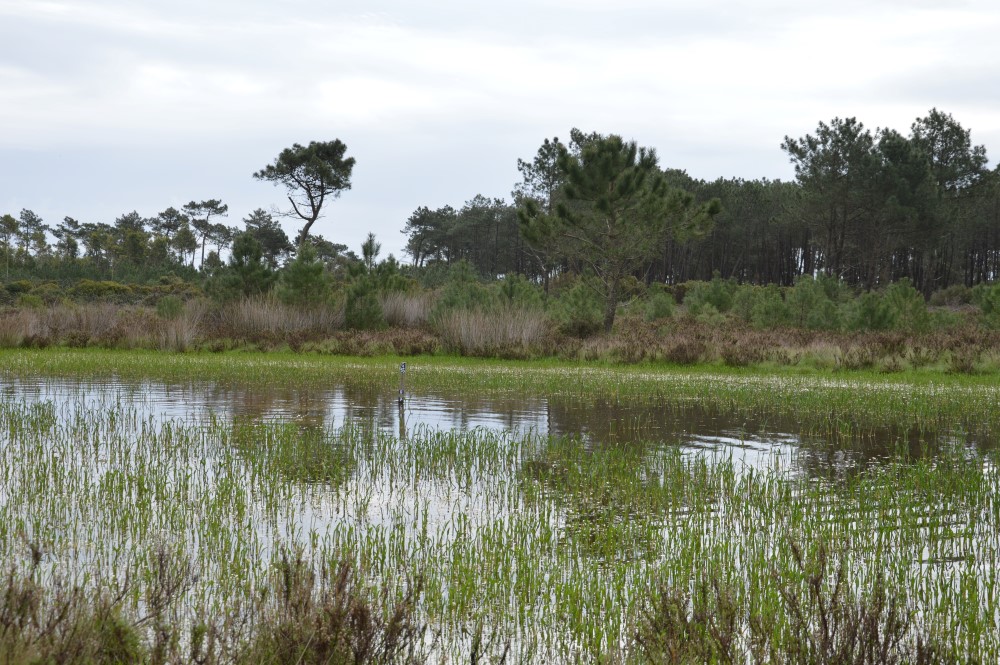





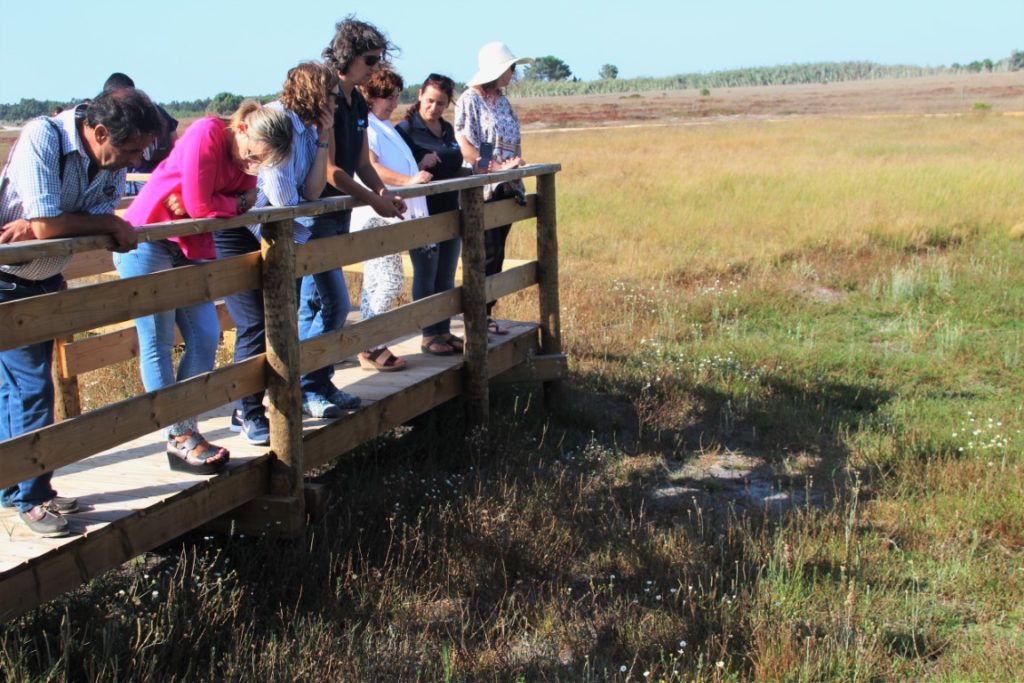
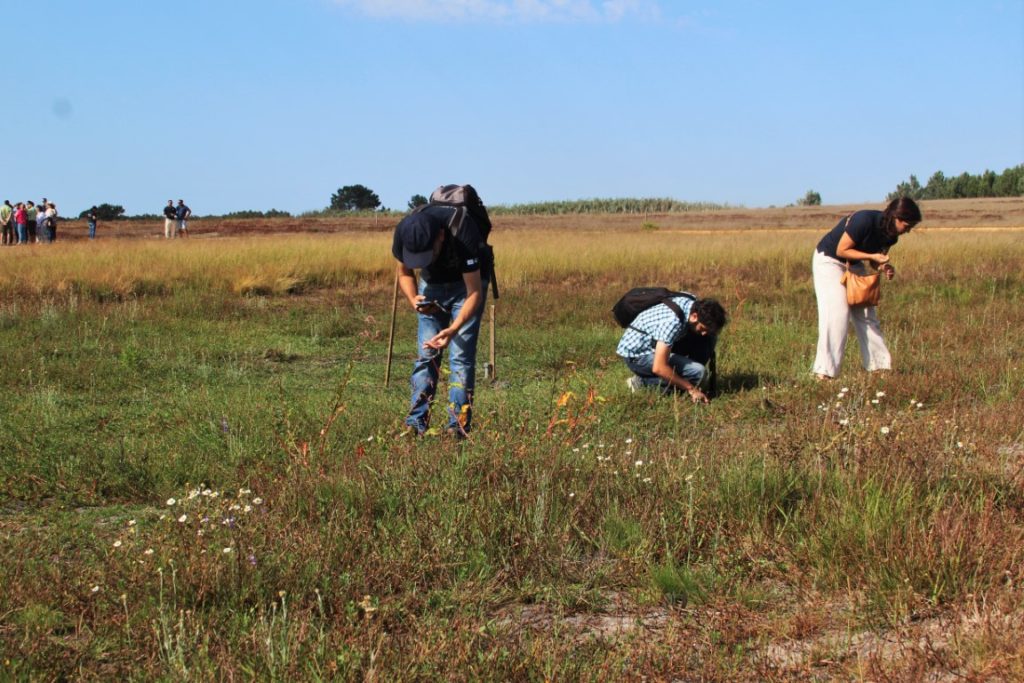


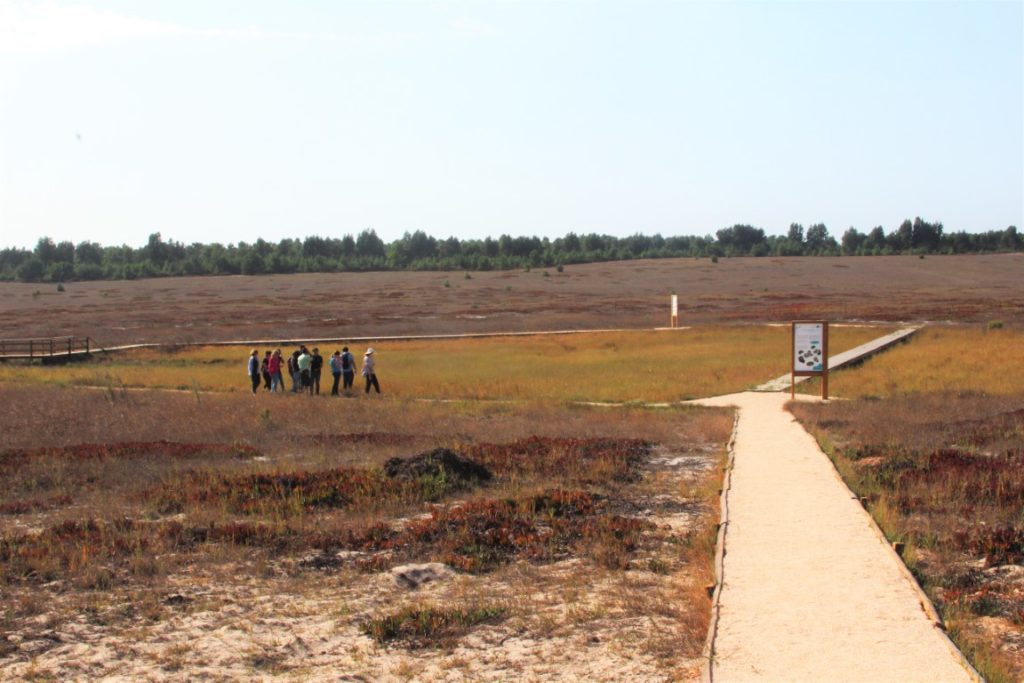

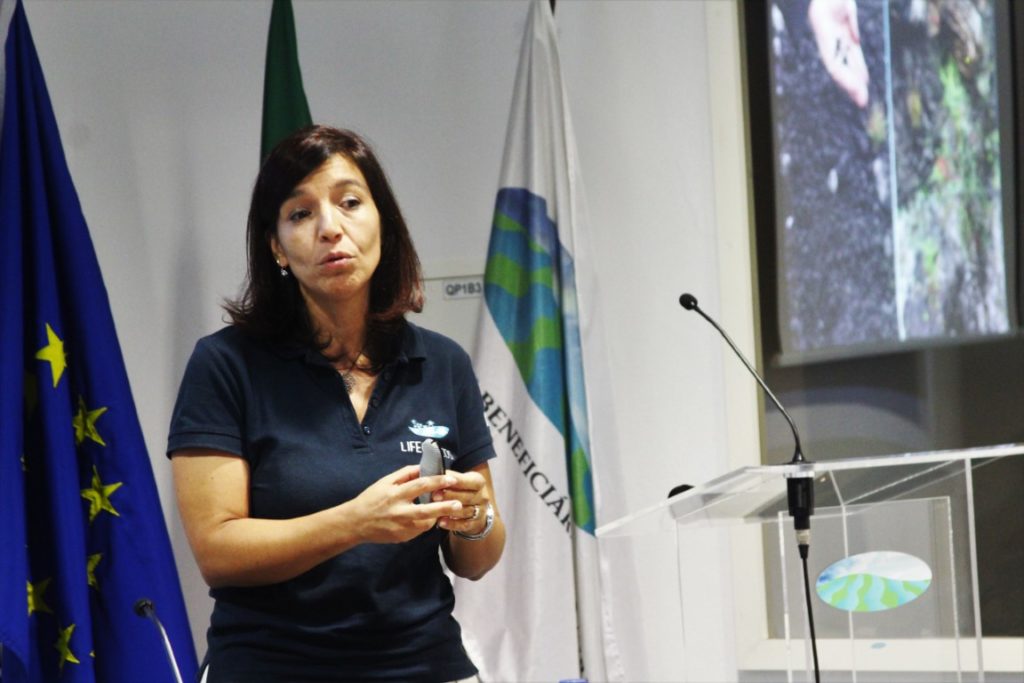












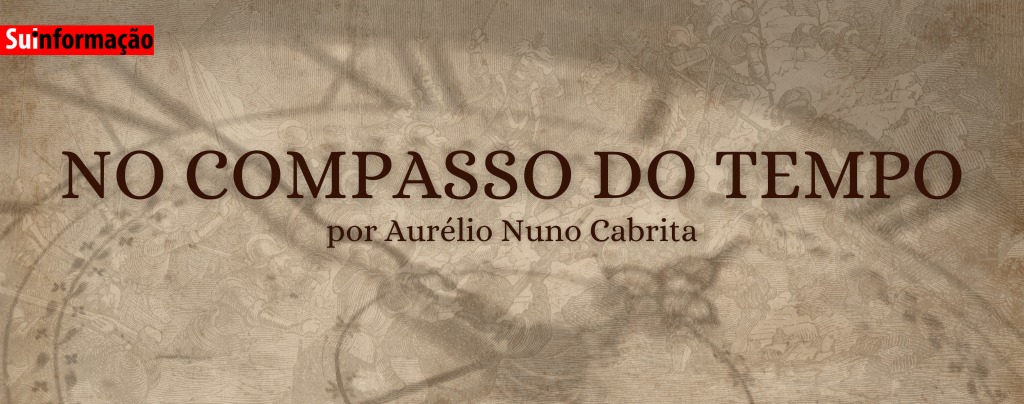





Comments